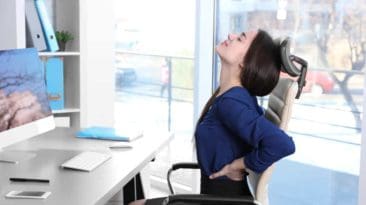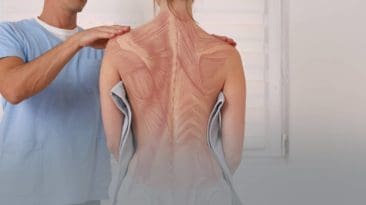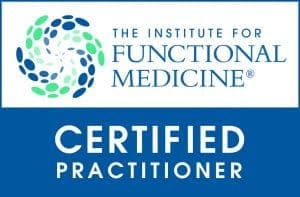Find out how good posture can be your solution to back pain. Enhance your well-being and comfort with simple adjustments. Chiropractic Care for Low...
Category - Posture
Posture is defined as the position where a person holds their body upright against gravity whenever they are standing, sitting, or lying down. When a person has a correct posture from either sitting correctly or walking straight, it can visually reflect on their health as well. A correct posture can ensure that the person’s joints and muscles, as well as the other structures of their body, is working properly. In a normal environment, a person does not consciously maintain a normal posture. What happens is that certain muscles in the body do the work and the person does not have to think about it. In some of the muscle groups, which includes the hamstrings, and large back muscles are vital since they help maintain proper form. Even though the ligaments in the body help hold the skeleton together, these postural muscles help prevent the forces of gravity from pushing a person forward when it is functioning properly. The postural muscles are there to help maintain a person’s posture and balance during movement as well. Many local healthcare professionals can help distinguish the most common effects of bad posture as they talk with individuals about the recommended actions that they should take to not only improve their stance but also enhancing their overall health and wellness. Even though sitting or standing improperly can occur unconsciously, when a person recognizes the issues and correct it can help them to develop healthier lifestyles.
Can individuals have a full night of sleep by making small changes to their sleep posture to reduce general aches and pains? Introduction Many...
Can individuals incorporate proper posture in their workouts to provide effective results and reduce muscle pain in their bodies? Introduction Many...
Can incorporating various yoga poses help reduce neck tension and provide pain relief for individuals dealing with neck pain? Introduction Within the...
Introduction When it comes to the body, the lower portion has three compartments of muscles that work together to provide stability and mobility to...
Introduction From a young age, parents will always tell their kids to sit up straight or else they will have bad posture. As kids, we would tend to...
Introduction Every day, the body is in constant rest or active motion when needed, from working to exercising and getting adequate rest to repeat the...
Introduction The lower body extremities help provide stability to the various body parts, including the hips, thighs, pelvis, legs, knees, and feet...


















